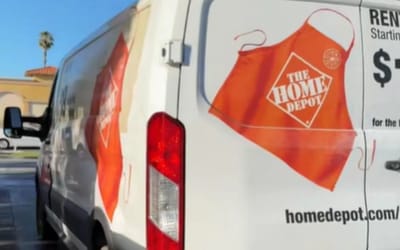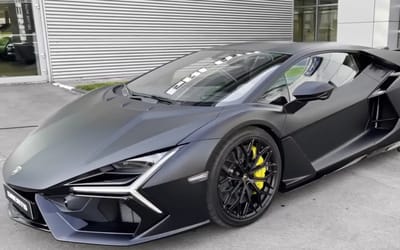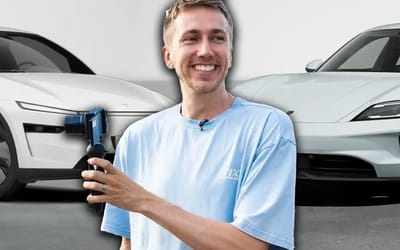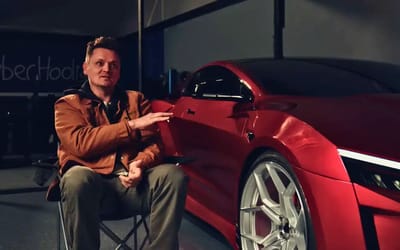The Plymouth Superbird was too fast for its own good and ended up being disqualified from NASCAR
- The Plymouth Superbird ‘aero-car’ first dropped in 1970
- However, while it was winning races, there was a problem
- In fact, NASCAR was forced to ban it
Published on Sep 04, 2024 at 6:40 PM (UTC+4)
by Amelia Jean Hershman-Jones
Last updated on Sep 05, 2024 at 8:45 PM (UTC+4)
Edited by
Tom Wood
When the Plymouth Superbird ‘aero-car’ first drove onto the track in 1970, hoping to rev NASCAR into a new era, things didn’t go smoothly.
Aerodynamics is integral to the world of motorsport and NASCAR today, but it was a new concept in the late sixties and early seventies.
The Plymouth Superbird and other aero-cars, including the Dodge Charger Daytona, ended up being too fast for the US auto-racing body to handle.
In fact – they were banned by NASCAR entirely.
DISCOVER SBX CARS: The global premium car auction platform powered by Supercar Blondie
Plymouth Superbird vs Dodge Charger Daytona
Despite Chrysler’s Hemi engine being more powerful, Ford was cleaning up at NASCAR when the Superbird and Daytona sped onto the scene.
The aerodynamics of the original Dodge Charger were so-so until a former engineer on the Mercury Redstone project created its sloping nosecone with a rear wing, balancing the downforce.
So the Dodge Charger Daytona was born, ultimately winning and finishing third in its debut race in 1969.
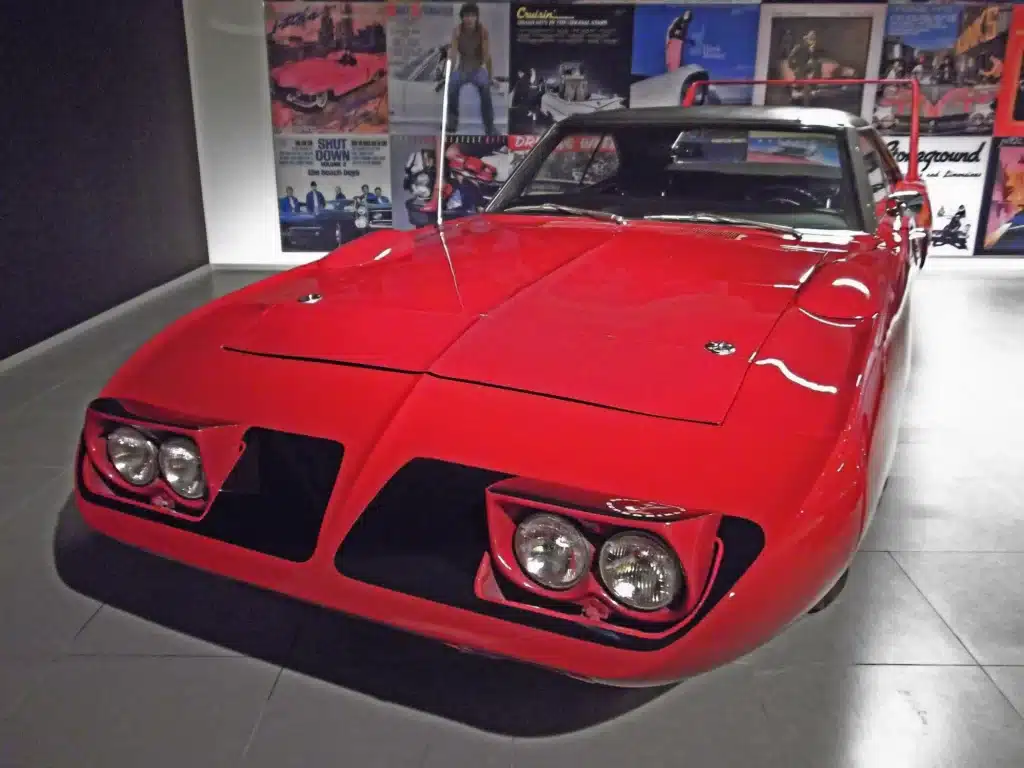
After that, Plymouth wanted a taste of victory, too.
So, the company refined the nosecone and body design even further.
The result was an even more aerodynamic car than its predecessor, with a rear wing so high that it completely cleared the height of the roof.
The result was an update on the existing Roadrunner, named the Superbird.
While it was 4.8km/h (3mph) slower than the Daytona, it generated more downforce than its rival with a sleeker body and a 433hp HEMI V8 engine.

The Superbird would become the most famous in NASCAR with Richard Petty behind the wheel.
While ultimately missing out on the title, across the 1970 season Petty would win eight races.
The Petty Blue would ultimately be immortalized in the Disney Pixar movie, Cars as Strip ‘The King’ Weathers.
The end of the aero-car in NASCAR
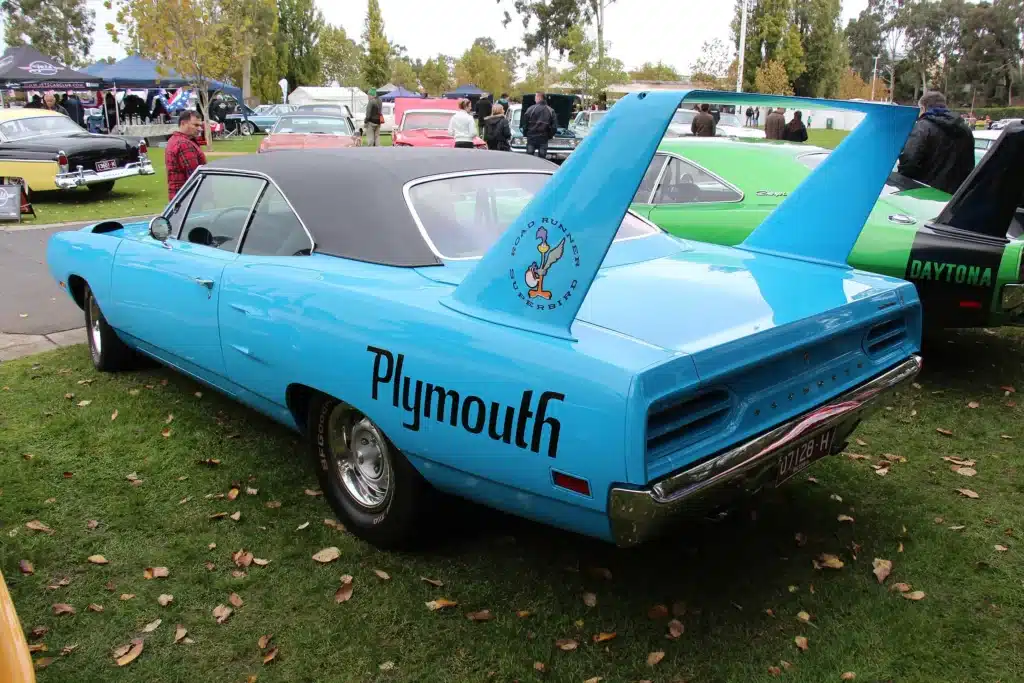
NASCAR was worried as motorsport safety hadn’t had time to catch up to the speeds of the Superbird and Daytona.
The tires and brakes were suffering at those speed extremes.
It stepped in to prevent what they believed would be a major catastrophe.
They introduced new rules to limit car performance.
Reducing engine displacement to 350ci.
Anything larger would need additional weight to offset it – rendering cars uncompetitive.
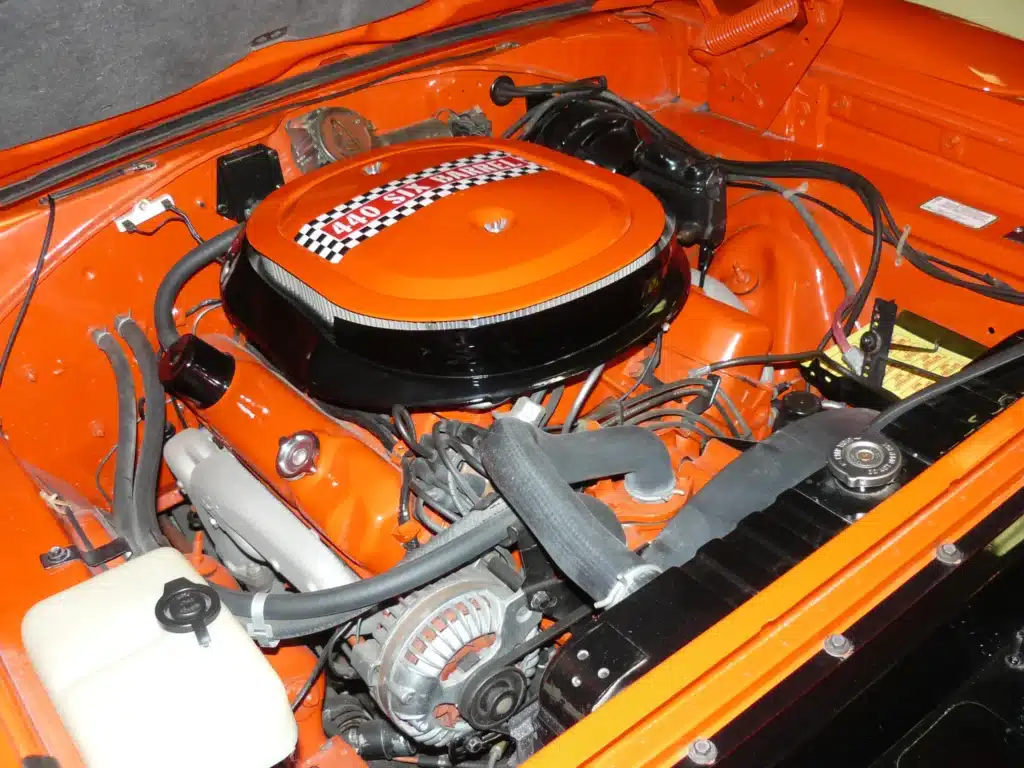
The Plymouth Superbird and Dodge Charger Daytona simply no longer met the criteria.
As well as limiting it in the world of NASCAR, it’s thought its sleek styling was one of the reasons the Plymouth Superbird wasn’t a huge commercial success.
Only 1,935 examples of the Superbird were sold, making it one of the rarest muscle cars in the world.
Models featuring the NASCAR 426 Hemi V8 were even rarer, with only 135 examples and one heck of noise coming from under the hood.
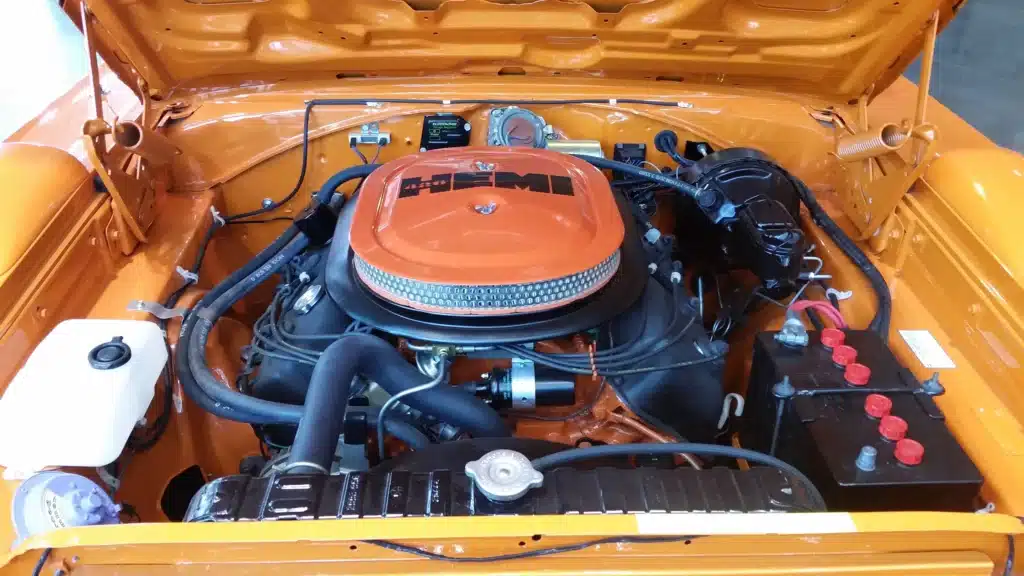
Plymouth Superbirds are now hugely collectible and can be sold for amounts nearing $1.65 million.
Today, the Dodge Charger EV has a special feature to convince purist fans to try it.
While boasting an electric engine capable of producing 355 horsepower, it will sound like its forebears.
In fact, it’s considered the world’s first electric muscle car.

London-based Amelia cut her journalistic teeth covering all things lifestyle, wellness, and luxury in the UK capital. Fast-forward a decade and the senior content writer and editor has put pen to paper for glossy magazines, busy newsrooms, and coveted brands. When her OOO is on from writing about cars and heading up on-site SEO you can find her spending quality time with her young family, in the gym, or exploring the city she loves.
